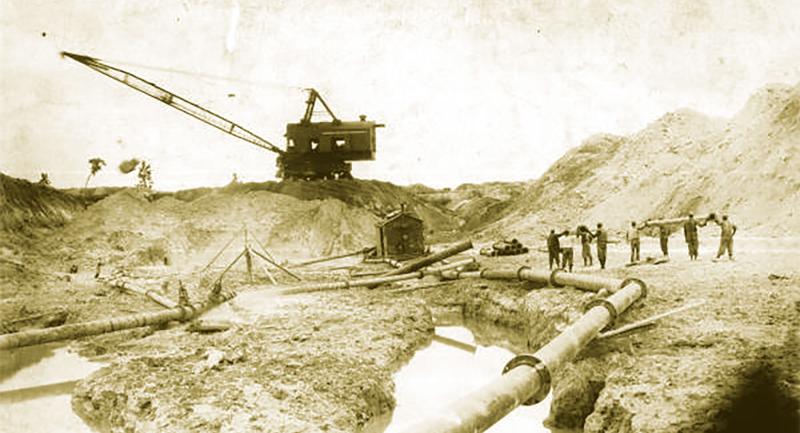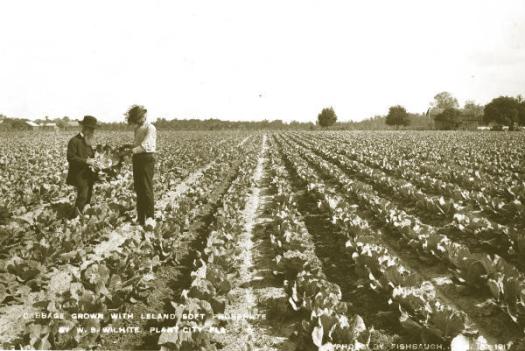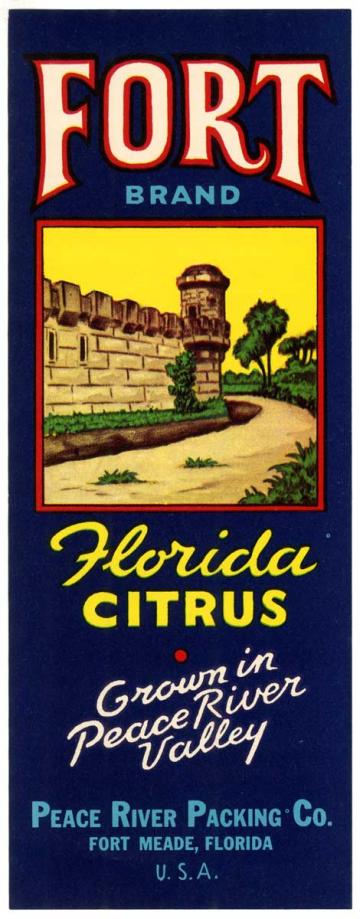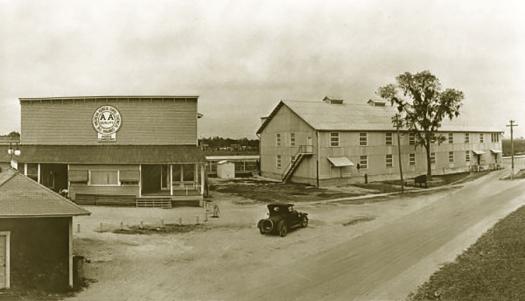Following the Seminole Wars, the Peace River Valley remained a sparsely settled wilderness, dotted with small farms, citrus groves and cattle ranches. Agriculture was forever changed with the discovery that phosphorus promotes plant growth.
Phosphorus is a nonrenewable resource. Phosphate minerals formed millions of years ago when Florida was underwater. It is believed it formed when skeletal remains of animals, organic matter and dissolved phosphorus in seawater solidified and settled at the ocean’s bottom, ultimately becoming sedimentary layers of rock.
The Florida “phosphate boom” of the late nineteenth century was sparked through a series of discoveries by amateur geologists and mining engineers. In 1881, Captain J. Francis LeBaron of the U.S. Army Corps of Engineers discovered phosphate while surveying the Peace River south of Fort Meade. Additional deposits were discovered in 1886 by John C. Jones and Captain W.R. McKee, who quickly formed a company and commenced mining operations.
Within a decade, more than 200 companies were mining phosphate in central Florida, and the price of an acre of Peace River land had soared from $1.25 to $300. Initially, phosphate was mined with picks and shovels. As new and deeper reserves were later identified, the mining companies began strip-mining huge tracts with steam shovels. By then, the region was nicknamed “Bone Valley” because of the numerous fossils discovered in the deposits.




